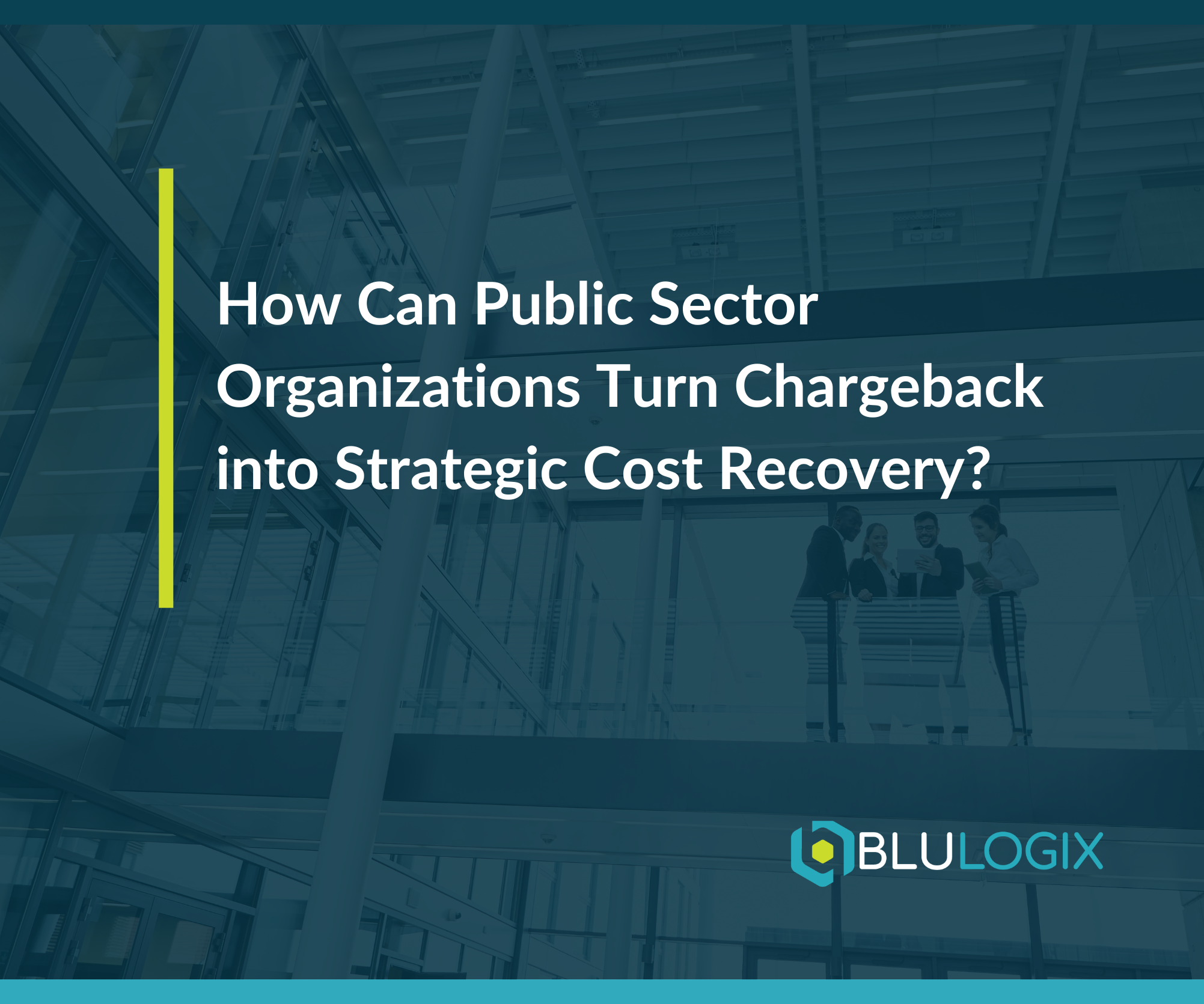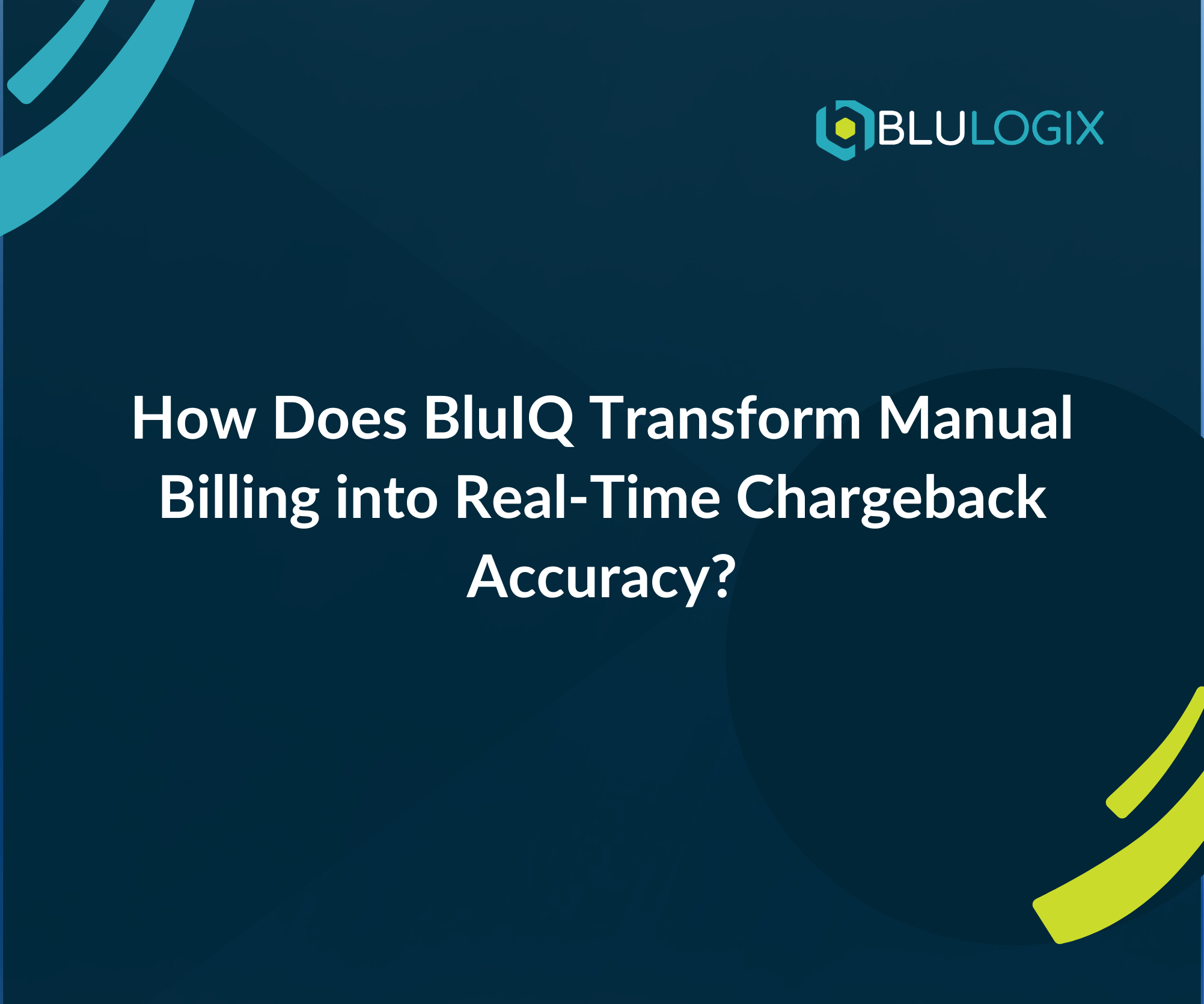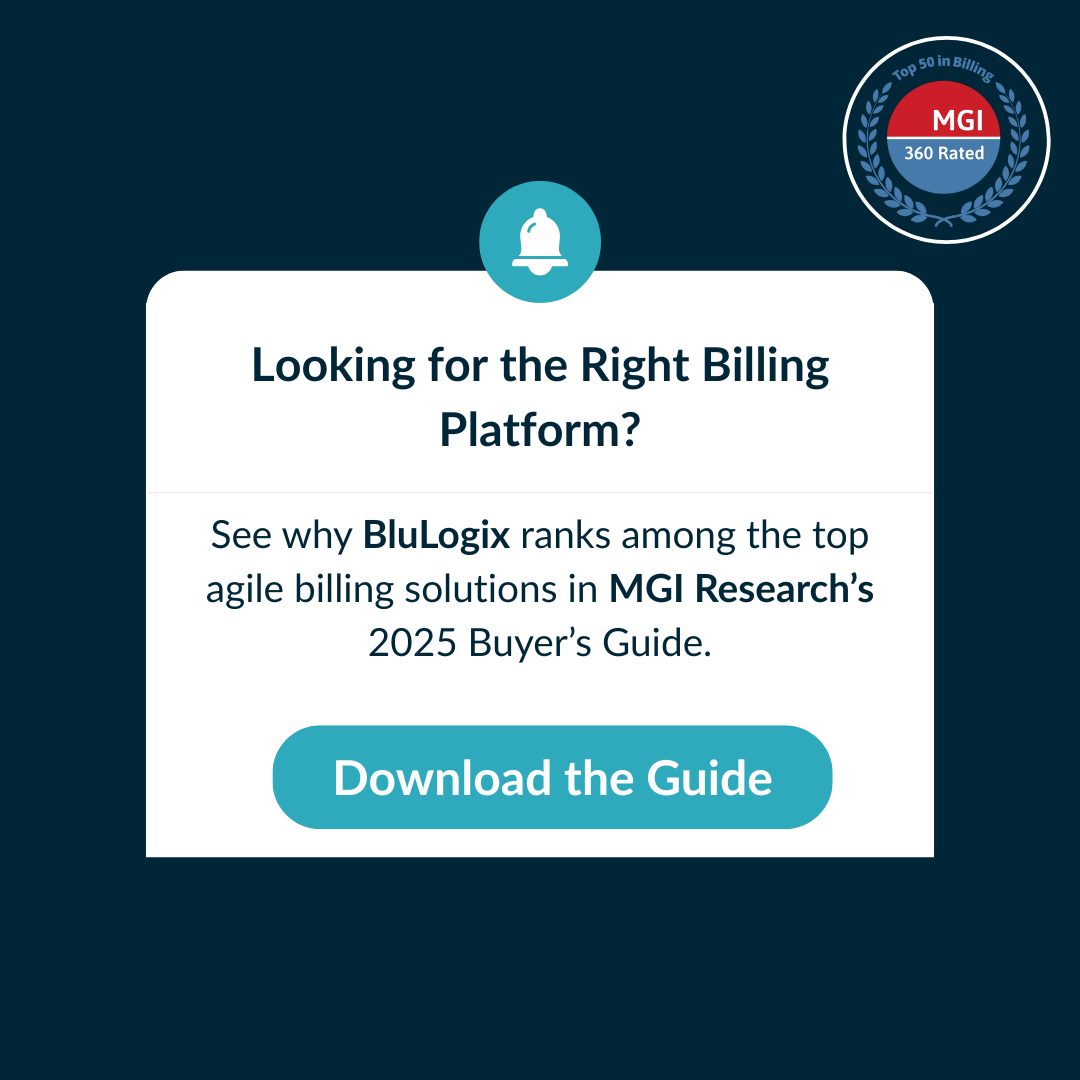What Are the Steps to Identify Valuable Usage Metrics for Monetization plan?
Grow your Business with Consumption-Based Pricing
In our last post, we discussed the importance of monetizing usage-based metrics in subscription pricing models. In this chapter, we will delve deeper into identifying valuable usage metrics to monetize, implementing pricing strategies for different usage metrics, ensuring accuracy and transparency in usage tracking and reporting, and maintaining effective customer communication and transparency.
Identifying Valuable Usage Metrics:
To effectively monetize usage-based pricing, it is crucial to identify the usage metrics that align with the value your SaaS product delivers to customers. Consider the following steps:
Understanding Customer Needs: Gain insights into your customers’ pain points, goals, and priorities. Identify the specific metrics that directly impact their success and derive value from your solution.
Key Usage Metrics: Evaluate the key usage metrics that are most relevant to your SaaS product. This can include metrics such as storage space, API calls, active users, data usage, or any other parameter that directly correlates with the value customers receive.
Customer Feedback and Analysis: Continuously gather customer feedback, conduct surveys, and analyze usage patterns to refine your understanding of valuable usage metrics. This iterative process ensures that your pricing aligns with customers’ evolving needs.
Pricing Strategies for Different Usage Metrics
Once you have identified the valuable usage metrics, it’s essential to design pricing strategies that accurately reflect the value customers derive from those metrics. Consider the following approaches:
Tiered Pricing: Create different pricing tiers based on usage levels, offering increasing features and capacities as customers move up the tiers. This provides customers with options that align with their specific needs and allows for upselling opportunities.
Usage-Based Pricing: Implement pricing models where customers pay based on their actual usage of specific metrics. This can involve pricing per storage unit, per API call, or any other relevant usage metric. Usage-based pricing ensures a fair and transparent billing structure.
Bundled Pricing: Bundle together multiple usage metrics into comprehensive pricing plans. This allows customers to access a combination of metrics at a fixed price, providing convenience and value.
Value-Based Pricing: Consider pricing strategies that align with the value your SaaS product delivers to customers. This can involve differentiating pricing based on the impact or outcomes customers achieve through using your solution.
Ensuring Accuracy and Transparency in Usage Tracking and Reporting:
Accurate usage tracking and transparent reporting are essential to maintain trust with your customers. Consider the following practices:
Robust Usage Tracking Systems: Implement reliable systems that accurately track customer usage in real-time. This ensures precise measurement of usage metrics and enables accurate billing.
Transparent Reporting: Provide customers with detailed usage reports that clearly outline their consumption of different metrics. This transparency helps customers understand their usage patterns and the corresponding charges.
Self-Service Usage Monitoring: Offer customers self-service portals or dashboards where they can monitor their usage in real-time. This empowers them to track their usage, make informed decisions, and manage their costs effectively.
Usage Discrepancy Resolution: Establish processes to address and resolve any discrepancies or billing inquiries related to usage metrics promptly. This demonstrates your commitment to accuracy and transparency in your pricing practices.
Customer Communication and Transparency
Maintaining effective communication and transparency with your customers is crucial for building trust and fostering long-term relationships. Consider the following practices:
Clear Pricing Communication: Clearly communicate your pricing structure, including how different usage metrics are monetized, what each metric represents, and how charges are calculated. This information should be easily accessible to customers through your website, documentation, and support channels.
Proactive Notifications: Notify customers in advance about any changes in pricing or usage metrics. Keep them informed about upcoming updates or adjustments to ensure transparency and avoid surprises.
Usage Alerts and Notifications: Implement automated alerts and notifications to keep customers informed about their usage levels. This allows them to manage their usage and costs effectively.
Regular Check-ins: Conduct regular check-ins with customers to understand their evolving needs, address any concerns, and ensure they are maximizing the value of your solution. This proactive approach strengthens the customer relationship and enhances satisfaction.
Identifying valuable usage metrics, implementing appropriate pricing strategies, ensuring accuracy in usage tracking and reporting, and maintaining effective customer communication and transparency are essential components of a successful usage-based pricing model. By aligning your pricing with customer needs, providing transparent usage information, and fostering open communication, you can enhance customer satisfaction, drive growth, and establish a solid foundation for your SaaS business. In our next post, we will explore strategies for optimizing customer acquisition and retention using subscription and usage-based pricing.
Grow your Business with Consumption-Based Pricing
Learn more

How AI and Predictive Analytics Are Transforming Revenue Processes for Finance Teams

How Can Public Sector Organizations Turn Chargeback into Strategic Cost Recovery?



